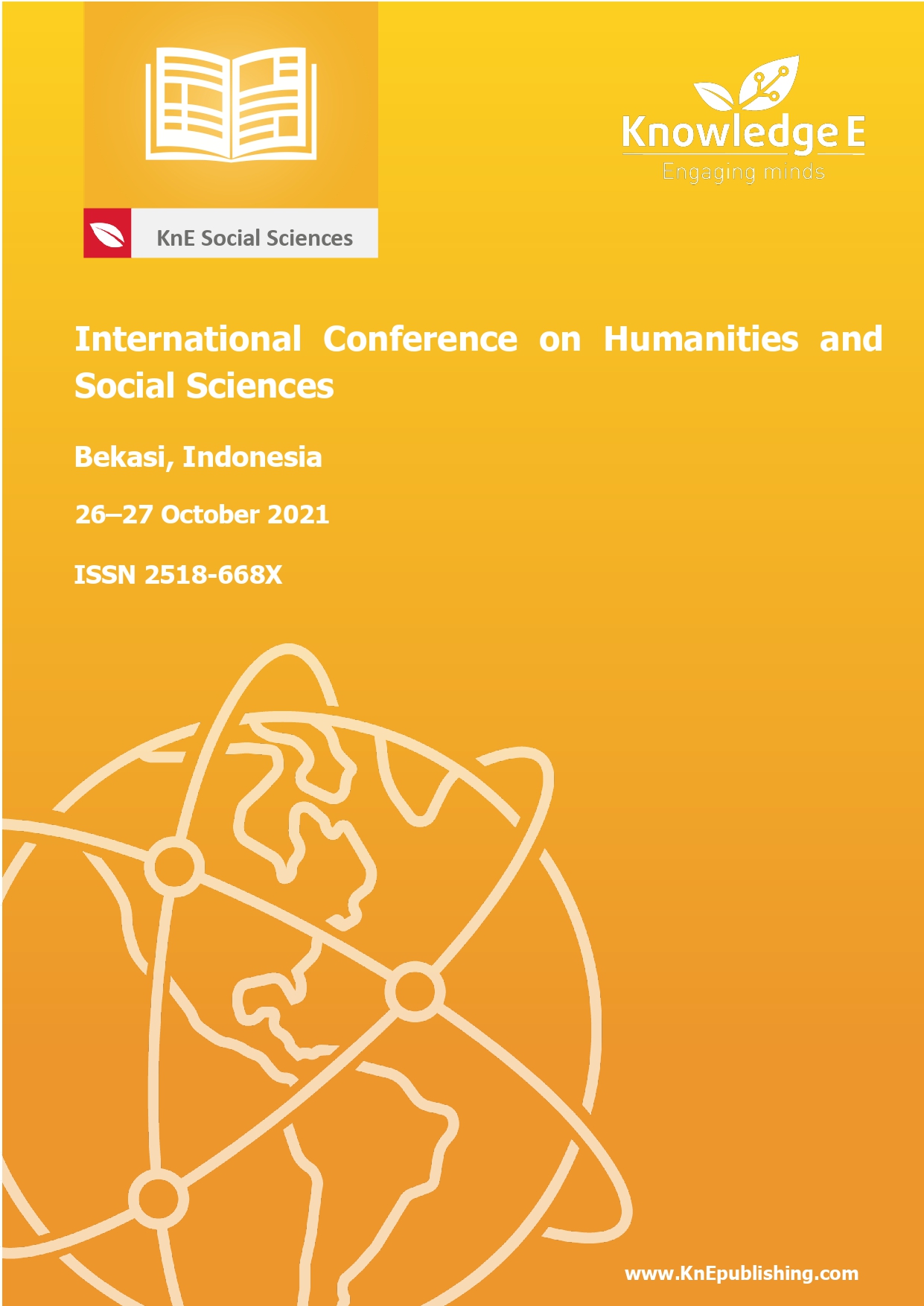Unholy War: Violent Extremism in Marawi and Its Impacts on Muslim Communities in Indonesia
DOI:
https://doi.org/10.18502/kss.v7i4.10517Abstract
Religious radicalism in the form of violent extremism is against the principles of human rights and democracy. Religious radicalism also opposes the existence of the modern state of Indonesia and, arguably, also of other Southeast Asian countries. The global political commitment initiated by the United Nations, namely Responsibility to Protect, states that several countries in Southeast Asia, such as the Philippines, are at high risk of atrocities. Civilians in Marawi in the Philippines have experienced atrocities carried out by the Maute family-led militant group backed by the Islamic State of Iraq and Syria (ISIS). In 2017, for more than five months, the restoration of regional security and stability in Marawi by the Philippine security apparatus caused many casualties. This study aimed to identify, map and analyze the narrative structure of the goals and backgrounds of the actors involved in the Marawi case and its impacts on Muslim communities in Indonesia. The research focused on a narrative analysis that united various factors contributing to violent religious extremism. This study employed a narrative perspective that was multidimensional, consisting of the narratives of marginalization, invitation, symbolic violence, and violent extremism. It demonstrated that the narrative of marginalization and calls for Jihad served as the basis of solidarity among the members of the Maute militant group in Marawi. The narrative aimed at solidarity for jihad in Marawi had more influence on groups belonging to ISIS, such as Jamaah Ansharut Tauhid (JAT), Jamaah Ansharut Daulah (JAD), and East Indonesia Mujahideen (MIT).
Keywords: violent extremism, radicalism, terrorism, Marawi, the Philippines, Indonesia
References
[2] Singh J, Bin JBH. The Marawi narrative: “Inside the caliphate.” RSIS Commentaries; 2017.
[3] Mahood S, Rane H. Islamist narratives in ISIS recruitment propaganda. The Journal of International Communication. 2017;23(1):15–35.
[4] Lewis J. Terrorism and news narratives. Media and Terrorism: Global Perspectives. London: SAGE Publication. 2012;257–70.
[5] INFID. The impacts of the dynamics of regional violent extremism on the Muslim community in Indonesia. Jakarta; 2019.
[6] Central Bureau of Statistics of Republic of Indonesia. Statistik Indonesia 2019. Jakarta; 2019.
[7] Hayes AF. Introduction to mediation, moderation, and conditional process analysis: A regression-based approach. Guilford Publications; 2017.
[8] Van Zomeren M. Four core social-psychological motivations to undertake collective action. Social and Personality Psychology Compass. 2013;7(6):378–88.
[9] Van Zomeren M, Postmes T, Spears R. Toward an integrative social identity model of collective action: A quantitative research synthesis of three socio-psychological perspectives. Psychological Bulletin. 2008;134(4):504-535
[10] Van Zomeren M, Spears R, Leach CW. Exploring psychological mechanisms of collective action: Does relevance of group identity influence how people cope with collective disadvantage? British Journal of Social Psychology. 2008;47(2):353–72.
[11] Yustisia W, Shadiqi MA, Milla MN, Muluk H. An investigation of an Expanded Encapsulate Model of Social Identity in Collective Action (EMSICA) including perception of threat and intergroup contact to understand support for Islamist terrorism in Indonesia. Asian Journal of Social Psychology. 2020;23(1):29–41.
[12] Bélanger JJ, Schumpe BM, Nociti N, Moyano M, Dandeneau S, Chamberland P, et al. Passion and moral disengagement: Different pathways to political activism. Journal of Personality. 2019;87(6):1234–49.
[13] Hikam MAS. Deradicalization: Engendering Indonesian civil society organizations in curbing radicalism. Penerbit Buku Kompas; 2018.
[14] Milla MN, Putra IE, Umam AN. Stories from jihadists: Significance, identity, and radicalization through the call for jihad. Peace and Conflict: Journal of Peace Psychology. 2019;25(2):111-121.
[15] Halverson J, Corman S, Goodall HL. Master narratives of Islamist extremism. Springer; 2011.
[16] Muthahhari T. Survei UIN Jakarta: Intoleransi tumbuh di banyak sekolah dan kampus. Tirto; 2017 Nov 8.
[17] Munabari F, Larasati NU, Ihsan R, Nurhadiyanto L. Islamic revivalism in Indonesia: The caliphate, sharia, NKRI, democracy, and the nation-state. Jurnal Politik. 2020;5(2):281–312.
[18] Munabari F. Islam in contention: Rethinking Islam and state in Indonesia. Ota, Atsushi, Masaaki, Okamoto, Suaedy A, editors. Kyoto, Taiwan, Jakarta: CSEAS Kyoto University, CAPAS Taiwan National University, The Wahid Institute; 2010. Hizbut Tahrir Indonesia: The rhetorical struggle for survival; p. 173–217.
[19] Munabari F. Reconciling sharia with “Negara Kesatuan Republik Indonesia”: The ideology and framing strategies of the Indonesian Forum of Islamic Society (FUI). International Area Studies Review. 2017;20(3):242–63.
[20] Munabari F. The quest for sharia in Indonesia: The mobilization strategy of the Forum of Islamic Society. Contemporary Islam. 2018;12(3):229–49.
[21] de Castro RC. The influence of transnational jihadist ideology on Islamic extremist groups in the Philippines: The cases of the Abu Sayyaf Group and the Rajah Solaiman movement. Radical Islamic Ideology in Southeast Asia. 2009:54–73.
[22] Marawi: The “East Asia Wilayah” and Indonesia IPAC report no. 38. Jakarta: Institute for Policy Analysis of Conflict; 2017.

